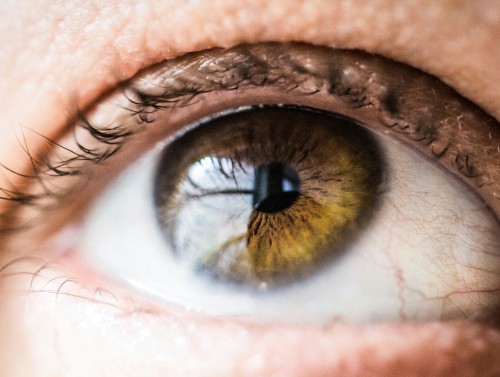Industry News
Genetic Study Sheds New Light on How the Eye Develops Sharp Central Vision
 A genomic study from the University of Leicester, together with collaborators including Moorfields Eye Hospital, has generated the first comprehensive genetic map of human foveal development. The findings could significantly change how childhood vision disorders are diagnosed, managed, and potentially treated.
A genomic study from the University of Leicester, together with collaborators including Moorfields Eye Hospital, has generated the first comprehensive genetic map of human foveal development. The findings could significantly change how childhood vision disorders are diagnosed, managed, and potentially treated.
Key Findings
- Using advanced artificial intelligence (AI) to analyse retinal scans of over 60,000 UK Biobank participants, researchers identified more than 120 genetic signals associated with the development of the fovea — the small pit in the retina responsible for sharp central vision.
- Among these signals, 64 genes were newly implicated in foveal formation. These genes involve pathways in vitamin A metabolism (notably retinoic acid signalling), retinal cell fate determination, vascular development, and pigmentation.
- The research also demonstrates that both common genetic variants and rare mutations contribute to whether the foveal pit forms normally. This helps explain why certain genetic syndromes such as albinism, aniridia, Leber congenital amaurosis, Stickler syndrome, Refsum disease, and microcephaly-chorioretinopathy syndromes are associated with underdevelopment of the fovea and associated lifelong vision disorders.
For healthcare providers, biotech companies, and vision research institutions, this breakthrough has multiple far-reaching implications:
- Improved diagnostics
The ability to pinpoint specific genetic signals tied to foveal anatomy may allow earlier detection of risk for structural eye anomalies. Clinicians could screen for genetic markers to identify children at risk long before symptom onset. - Personalised treatment strategies
Understanding individual genetic variation means treatment plans (nutritional, genetic therapy, etc.) might be tailored to a patient’s specific genetic profile. For instance, vitamin A pathways could be targeted more precisely. - Drug discovery and therapeutics development
Newly identified genes open up potential drug targets. Biotech firms specialising in gene therapy, retinal regeneration, or developmental eye disease might find novel pathways to investigate. - Insights into systemic disease linkages
The confirmation that diseases beyond the eye—such as metabolic or congenital conditions—manifest with foveal abnormalities adds weight to adopting a multidisciplinary approach, combining genetics, ophthalmology, neurology, and paediatrics. - AI and big data in vision science
This study demonstrates how AI-driven image analysis, when paired with large‐scale genetic data, can reveal architecture and genetic architecture of tissue in ways previously impossible. This may encourage further investment in AI tools, large biobanks, and cross-institutional collaborations.
Challenges and Future Directions
- While the study uncovers many genetic associations, causality remains to be established for many genes; functional studies will be required to move from correlation to mechanisms.
- There is also a need to validate findings in more diverse populations. The UK Biobank, while large, is not fully representative of global genetic diversity. For companies or clinics operating in Asia-Pacific, Africa, or Latin America, replication in local populations will be essential.
- Translating genetic findings into clinical practice often faces regulatory, ethical, and cost hurdles—especially for rare disease diagnostics or gene-based therapies.
- AI-derived imaging must meet stringent quality standards to ensure consistency, reproducibility, and safety when used in clinical decision making.
The Leicester study creates a foundation for a major shift in how sharp central vision is understood, approached, and treated. By mapping the genetic influences on the fovea, researchers have opened up possibilities for earlier diagnosis, more precise treatments, and deeper understanding of eye diseases—both isolated and systemic. For the vision research and biotech sector, this marks both a challenge and an opportunity to steer the next wave of innovation.



